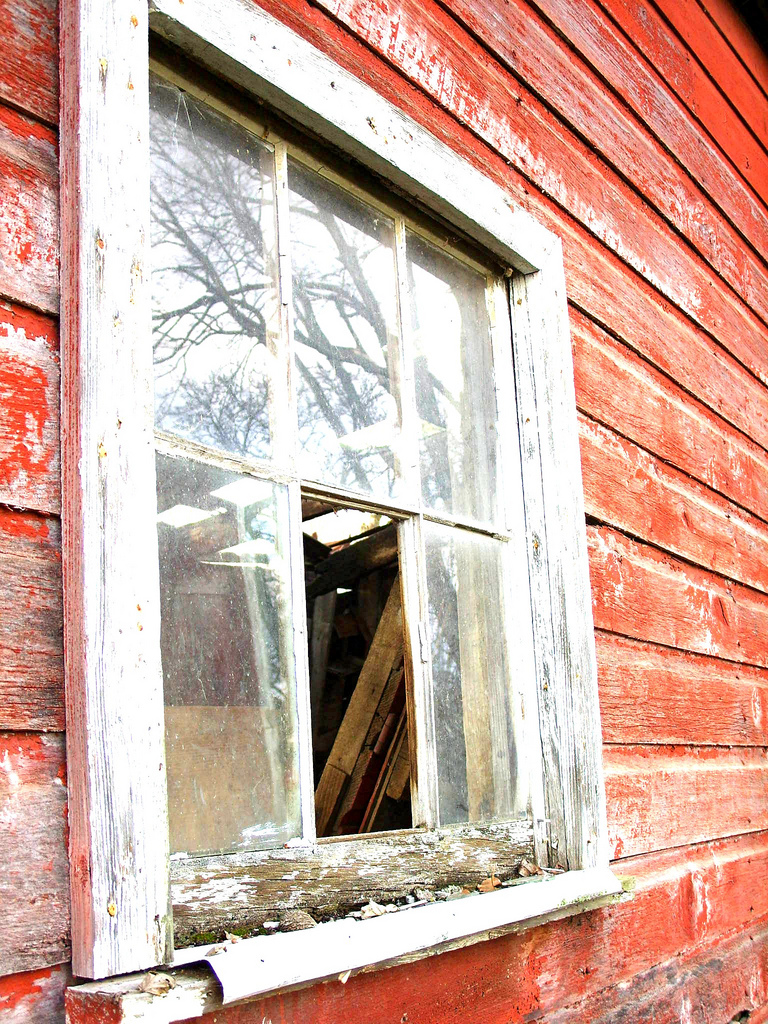My craft article was published at Women on Writing today.
"Image Power: Click-Click to Enhance Your Writing"
By Melanie Faith
"The camera is an instrument that teaches people how to see without a camera." ~ Dorothea Lange
What one art form has most enhanced my writing?
Photography. Hands down.
What makes photography such a great sibling to our poems and prose? What can we learn through photography that will inform our writing for the better?
- Both are imagery-based arts. Many of the same instincts and thought processes I use when writing also come into play when I make photographs. Paying attention to specific details is a key part of making written and visual art.
- Both photography and writing involve knowing not only what to include but what to exclude for the strength of the piece.
- Photography often follows similar themes as our writing. Perhaps you are drawn to family dynamics in your writing? Photos of children, babies, parents, grandparents, and more may shed light on a new aspect for you to consider in your writing. Or perhaps you enjoy writing about nature--from flowers to animals. Studying and taking photos outdoors can underscore elements to explore with detail in your writing.
- Both arts explore symbolism. Metaphors are often involved as well. Are there certain shapes or colors that recur in your photos? They likely recur in your writing as well. Are you interested in tumbling sheds or impressive arches and flying buttress beams in architecture? Then I bet you've written about structures--from apartments, trailers, and houses to dormitories and other buildings you've experienced--and what they symbolize personally and culturally from time to time, too.
- Both arts are great fun. Let's not overlook the joy of creating both media. There's never been an easier time to write, with computer software and online workshops, or to take photographs. Most cell phones have amazing cameras in them and digital photography has brought photo sharing to a wide audience. Not only are there amazing tools to unleash your creativity and to explore your questions about life, spirit, and love, but also the process of creating can be relaxing, fulfilling, exciting, and meaningful. You don't need to spend a ton of money on the latest lenses or equipment to make gorgeous, meaningful pictures or to write publishable verse and prose. Basic tools and a little time can yield amazing results.
- Both arts encourage variety and a slowing-down to focus. Exploring new ways to develop my still-life photos has also encouraged me to try new formats in my poems, essays, and fiction. At the same time, photography has taught me much about slowing down and being in the moment, something that's equally important in photography and writing...and daily life.
Try this Prompt!
List two subjects you photograph and/or write about repeatedly. Describe this object, person, or place in 150 words. Then list two reasons why you repeatedly revisit this subject. What about this subject might you see from a new angle or describe with new words? What do you think these subjects symbolize in your current life or the life you'd like to lead in the future? What qualities do they represent about you as an individual artist? Break out your camera and take a photo of this subject in a way or from an angle you've never thought about before now.
Interested in a class that combines photography and writing? Click the link below.
Imagery Power: Photography for Writers
Instructor: Melanie Faith
Workshop Length: 4 Weeks
Class Dates: Friday, March 9, 2018 - Friday, April 6, 2018
Cost: $155, which includes e-mail critique and positive feedback on student writing, and access to a private group for student interactions.
Limit: 10 Students
Description: "Fiction, like dreams, exists in images... Fiction must exist in images, not abstractions," wrote John Dufresne. Indeed, the ability to develop imagery is important in all forms of writing, from poetry to essays and all sorts of descriptive writing. The art of photography, an evocative visual art, frequently helps authors hone our image-seeking and development skills. There won't be technical jargon of F-stops or aperture priority in this course and you are free to use any form of camera you already own and love--from camera phone to digital, DSLR to Lomo, instamatic, you name it; this class is about cracking open the everyday extraordinary, about the kind of seeing and focusing on detail that will enhance your writing and spark ideas for months to come.
In this four-week workshop, we'll take a daily photo-taking prompt for a spin, post our response, and describe what inspired each photo at our class group. During the second week, you will begin a piece based on one of the photos you've taken that you will share (in part as an excerpt or in full, up to you) with the class during our fourth week. Handouts on topics covered will include: Truthiness: Adding Layers to Your Art with Art; The Genesis and Development of Imagery: Example Sheet of Published Work; Submitting Your Work to Literary Magazines & Other Venues Looking for Photos: Cover Letter Tips; Photographic Resources to Check Out!; Tips for Writing about [Our] Art; How to Match Your Photographic Style to your Writing Style; Ekphrasis and You: Writing in Tandem with the Visual Arts; and Tips for Writing Fabulous Writer/Artist Bios.
There will be a private group for students to discuss our creative process and share daily responses to each prompt and for sharing of literary resources, such as markets and quotations about the image-making process.



